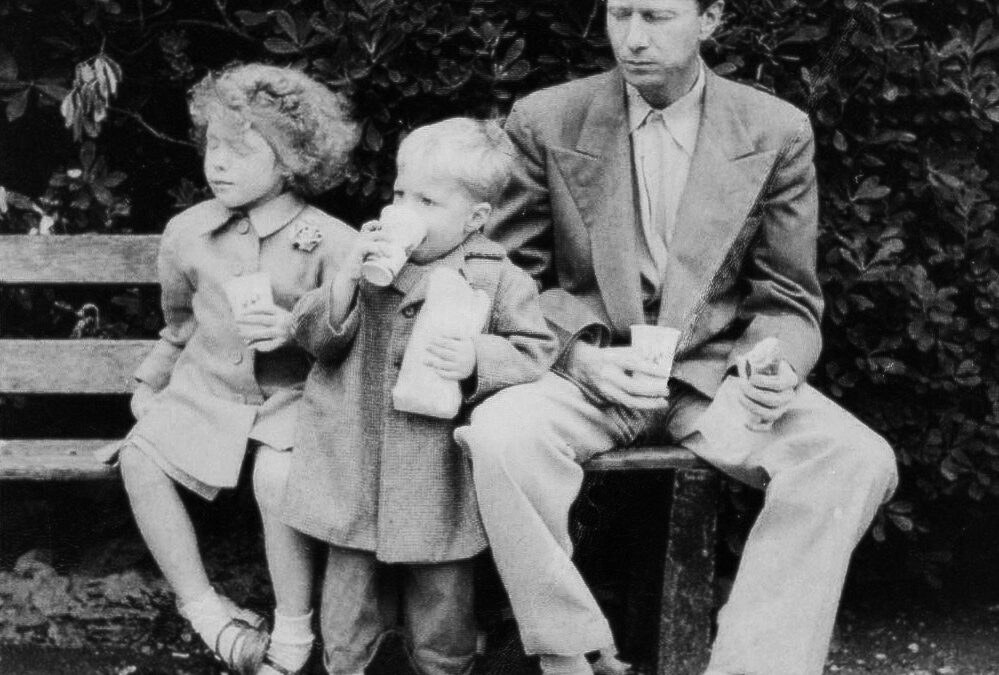Toni is in her forties, slim, girlish, and pretty in a natural way; she doesn’t wear makeup because she’s allergic to it and has a cloud of dark hair that she recently admitted she has to set, it’s so kinky. She wears midi-length, softly gathered skirts with ethnic patterns and matching tops—and custom-made sandals. On her walls are a photograph of a stand of winter trees on a snowy hill, the view of a beach from a cliff covered with wildflowers, and a painting of stones in a river.
Her office is on the second floor of an older building above an antique shop on the corner of a street that says No Outlet, the upstairs a labyrinth of white corridors with therapists’ plaques on all the doors. No one ever emerges from these other doors, which makes me suspect it’s a set. But then, I always arrive (breathless with hurry) within one minute of noon, so I don’t spend much time in the waiting room.
I settle myself on Toni’s beige leather sofa and take off my Reeboks, while she goes to get me a Dixie cup of water from the little fridge in a side room. Occasionally I toss her extra throw pillows on the floor and stretch out on the sofa, pulling a fuzzy afghan over me, while she sits in a Danish modern chair and almost never takes notes.
Today, I tell her, I finally dragged the scale out of the closet and got the shock of my life. I weighed 141 pounds!—when I’ve held steady at 125 (well, give or take a few ounces) since I was a teenager. “I’ve been hitting the coffee ice cream again.” I confess. “I get the carton out of the fridge, thinking I’m only going to have a few tiny bites, sit down, and run my spoon around the sides, where the ice cream is melting from the warmth of my hand. The next thing I know, I’ve taken, oh, maybe 500 tiny bites, and the ice cream block is reduced to a little mound in the middle.”
“That’s exactly what I used to do!” she laughs. “And with coffee ice cream too! Now I do it with frozen yogurt.”
“I like coffee because it’s not too sweet,” I explain, “so if I eat slowly, I don’t get a sugar jag. Of course, Ella is disgusted when she opens my cartons—luckily, coffee is one of her least favorite flavors.”
“My husband has the same reaction,” she grins.
(Actually, I’m exaggerating about the little mound—I can’t manage more than half a pint at a time, but when I’m eating my second half the next day, I leave a spoonful at the bottom just to prove I can quit any time.)
Toni can’t eat ice cream anymore because she’s on a strict healthy diet—fruits and vegetables mostly, some from her own garden.
“Will you excuse me a moment?” she asks—and trots off to the bathroom.
One day a year or two ago, I asked about this, since I noticed she often had to interrupt my sessions even though she always visited the john before them too.
“You don’t have to answer, but…” I began.
“Do you really want to know?” she asked.
I said I did.
So she told me then that since childhood she’d had Crone’s disease—a disease of the intestine that causes a fiery pain. It’s in remission now, but more recently she developed Grave’s disease too—a disease of the thyroid. Her physician failed to diagnose her correctly, and she was going downhill fast until she consulted an outside doctor—coincidentally, my own second-opinion doctor—who told her to head directly for the nearest emergency room. Without that immediate intervention, she learned later, she probably would have been dead within the week.
“There’s more,” she sighed. “Are you sure you want to hear it?
I girded myself, nodding.
“I also have MS.”
Multiple Sclerosis. From TV interviews I’d seen with Annette Funicello of Mouseketeer fame, I knew how it ravaged the body. I let out a sob.
Later, thinking about the chronic pain Toni lives with—knowing from first-hand experience the toll it takes on you, to say nothing of the fear and grief you feel about your body deteriorating—I’m awed by the grace with which she carries herself through life. And I can’t help marveling at the aptness of my choosing her as my therapist, understanding now that it wasn’t an accident—that I intuitively chose the person who had the most to teach me.

